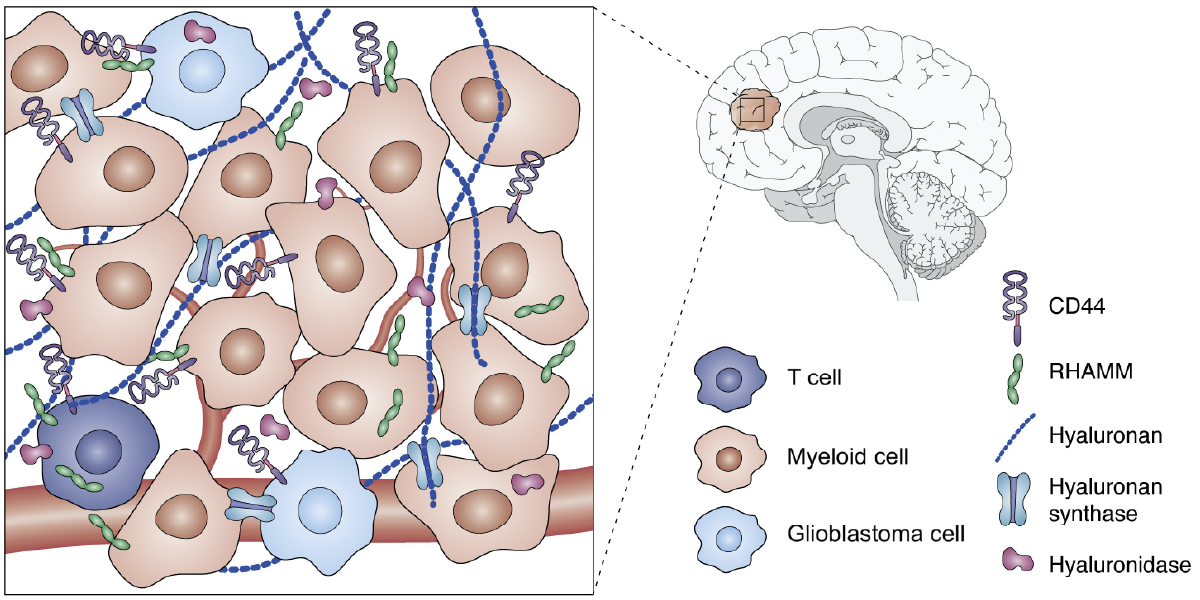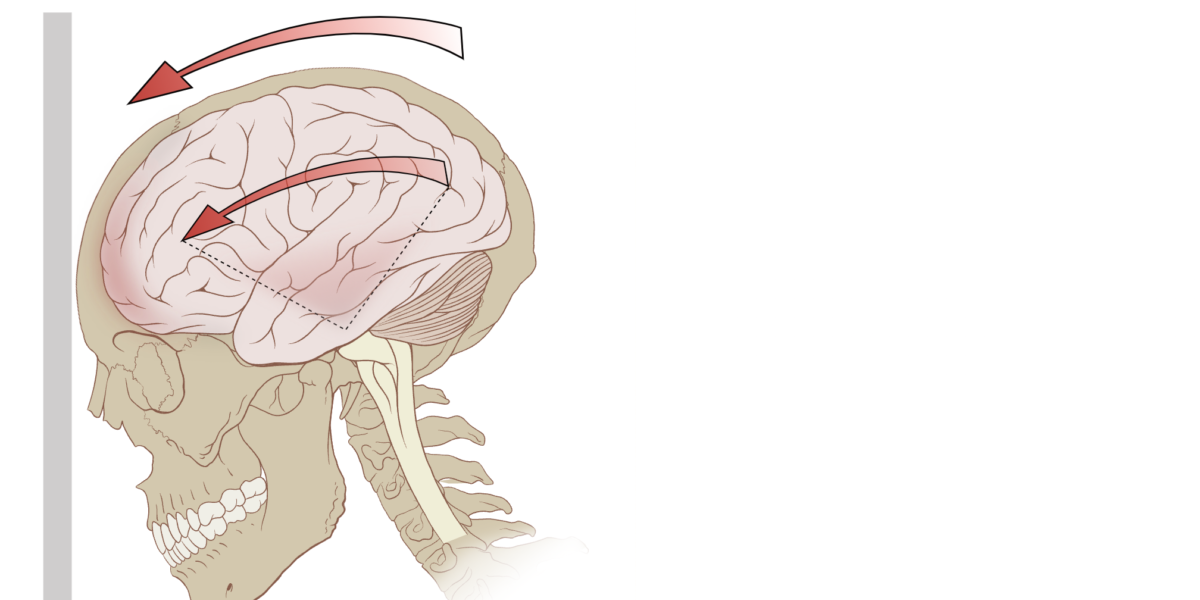It is no secret the danger head injuries can pose for player safety in contact sports. While the public is aware of the danger of large hits and concussions, many remain unaware of the danger small blows to the head can have on an individual. Formally, these incidents are known as subconcussive impacts, which are defined as blows to the head that result in mild brain trauma without the presentation of typical concussion symptoms. Recent studies have indicated repetitive subconcussive impacts can lead to cumulative, long-term brain damage. This discovery has been increasingly alarming for rugby players who can average 77 of these impacts per game! With the discovery of this newfound danger, the question must be asked: what is being done to protect at risk rugby players?
Continue reading “Limiting Repetitive Subconcussive Impacts in Rugby”Tag: brain
Are We Fumbling the Ball on Player Safety?

Sports fans, especially those that watch college football (CFB) and the National Football League (NFL), are familiar with players going on “concussion protocol”. The consistent and often violent hits endured each game prompts the discussion of traumatic brain injuries players may experience trying to make a catch or tackle an opponent.
Continue reading “Are We Fumbling the Ball on Player Safety?”How is Biomechanics Used in the Treatment of Parkinson’s Disease?
Parkinson’s disease is the second most common neurodegenerative disease with 90,000 Americans being diagnosed every year. Parkinson’s is a difficult disease to detect; there are no blood or lab test to diagnosis it. Diagnoses are symptom based. Parkinson’s patients often do not know they have the disease until after having dealt with it for years. Some of the early symptoms such as facial masking (lack of facial expression), small handwriting, or speaking softly do not directly point to a Parkinson’s disease diagnoses. A patient comes in with tremors, muscle rigidity, poor balance, and slowed movements and are then assumed to have Parkinson’s disease. If their symptoms improve with medication, the diagnosis is confirmed. Biomechanics is a useful tool in the evaluation of the progression of the disease as well as its continued treatment.
Continue reading “How is Biomechanics Used in the Treatment of Parkinson’s Disease?”How Your Brain Gets Rid of Junk By Force!
The human brain is an organ that scientists are always interested in due to its complexity. Insight on how to treat and/or cure physiological illnesses in the brain, such as Alzheimer’s disease or a stroke, could significantly improve the overall wellbeing of society. A new research area called brain lymphatic drainage has been able to demonstrate potential innovative therapeutic strategies to address these neurological diseases. A critical investigation of the brain biology along with biofluid flow by engineers has opened the door to another impressive brain process!
Read more: How Your Brain Gets Rid of Junk By Force!Brain Lymphatic Drainage
Humans have a lymphatic system in their body which is a system of lymphatic vessels that collect waste and other leaking fluids from blood vessels which helps maintain fluid levels in tissues. The lymphatic vessels deliver this fluid to lymph nodes, which are small organs containing immune cells, that filters and drains the fluid back to the blood.
The brain doesn’t contain lymphatic vessels and it was unclear how it drains its waste. However, many scientists and engineers have recently discovered that there are indeed components of a drainage system in the brain which is connected to the body’s lymphatic system. The interstitial fluid (fluid surrounding the cells within the brain that contain solutes; ISF) is sent to be mixed with cerebrospinal fluid (fluid between the brain and an outer dense tissue; CSF). This mixed CSF fluid is then drained into lymphatic nodes and is eventually returned to the lymphatic system. The collection and drainage of ISF or CSF can be done with multiple pathways (i.e., through outer tissue of brain, sponge-like bone near olfactory nerves, etc.). The figure below shows a simplified diagram of some brain lymphatic drainage pathways towards the lymphatic system.

Fluid Dynamics in Brain Lymphatic Drainage
Fluid dynamics is the study of fluids in motion. In the proposed brain lymphatic drainage system, there is an exchange of ISF and CSF in fluid-filled compartments that surround the brain which is a vital process for maintaining a healthy brain. Thus, fluid dynamics can be used to describe the forces involved in driving this ISF-CSF exchange and its impact for brain health.

In a recent study, a group of scientists and engineers quantitatively investigated the flow of CSF in these fluid-filled compartments and identified it as a pulsatile flow (i.e., rhythmic and intermittent movement of fluid) driven by pressure changes within the heart. The above demonstrates how CSF flow is impacted. The authors then saw that an increase in overall blood pressure leads to a reduction of forward flow of CSF which can partly limit the ISF-CSF exchange and lead to accumulation of unwanted molecules in the brain. They stated that this would explain the previously identified correlation of hypertension and accumulation of peptides that are found in patients with Alzheimer’s.
Future Implications
The discovery of the brain lymphatic drainage system and how fluid dynamics plays a role has now allowed others to begin to explore new research areas. Some of these include repairing the sites of fluid flow disruption, taking advantage of the fluid flow routes to deliver drugs, and determining potential causes of neurological diseases (Alzheimer’s, multiple sclerosis, etc.) with respect to fluid drainage. However, there are many other factors within and surrounding the brain that impacts drainage that needs to be discovered to better understand brain lymphatic drainage.
Sensing tension in the brain tumor microenvironment
According to Azra Raza, a Professor of Medicine at Columbia University in New York, high-grade brain cancer called glioblastoma is “one of the most aggressive, ruthless killers known to mankind”. Indeed, despite recent advances in cancer therapies, glioblastoma remains incurable with a median survival of 15 months which has not improved substantially in the last 20 years. This poor prognosis is, in part, due to the highly immunosuppressive microenvironment that allows tumors to evade anti-tumor immune response and promotes resistance to immunotherapy – a kind of therapy that uses your body’s own immune system to find and eliminate tumor cells.
Continue reading “Sensing tension in the brain tumor microenvironment”Why is heading the ball so dangerous for youth soccer players?
I received my first concussion while playing soccer at 15 when I was knocked out by a ball that was “accidentally” punted directly into the side of the head. It seemed to me like this was one of the few, rare ways to get a concussion from the sport – an unlikely occurrence combined with an unusually aggressive impact.
Continue reading “Why is heading the ball so dangerous for youth soccer players?”The Dangers of Using Your Head: The Biomechanics of Sports-Related Concussions
Anyone that has ever had the misfortune of banging their head know how painful it can be, but does everyone understand just how dangerous it can be? Concussions occur when the brain hits the interior walls of the skull, either due to a direct blow or a sudden start or stop. These brain injuries most often result in confusion, headaches, and loss of memory but more severe injuries can cause vomiting, blurry vision, and loss of consciousness. In rare instances, they can even cause a brain bleed and result in death. Repeated concussions can lead to neurocognitive and neuropsychiatric changes later in life as well as increase a person’s risk of developing neurodegenerative diseases like Alzheimer’s.
Continue reading “The Dangers of Using Your Head: The Biomechanics of Sports-Related Concussions”Nine Brains Are Better Than One: An Octopus’ Nervous System
Picture this: Earth has made its first contact with an extraterrestrial species, and, as to be expected, their anatomy and nervous system are entirely different from our own. Rather than having a single brain where all sensory information and motor controls are processed, they have nine brains. Rather than having a rigid skeleton, they have compact arrays of muscle tissue that stiffen and soften when they move, and their many limbs have an infinite number of degrees of freedom. Oh, and they can only breath underwater, too.
Continue reading “Nine Brains Are Better Than One: An Octopus’ Nervous System”Attempting to “Knock Out” the Causes of Concussions
Approximately every 15 seconds, a traumatic brain injury occurs in the U.S. A concussion is a form of mild traumatic brain injury produced by a contact or inertial force to the head (or neck) area. A concussion causes the brain to rapidly move around inside the skull, harming natural brain function. According to the Brain Injury Research Institute, roughly 1.6 to 3.8 million concussions occur each year in the U.S., resulting from both recreation and sports related incidents. In fact, brain injuries cause more deaths than any other sports injury.
Continue reading “Attempting to “Knock Out” the Causes of Concussions”The Mystery Behind the ‘Folded’ Brain
Have you ever wondered why one of the most mysterious organ in our body, the brain, has a distinctive shape which has a strong resemblance to a walnut? Or, what are the major factors that could play a significant role in developing its particular shape, with crests and valleys, that wires our motions, senses, feelings and thoughts, which makes each one of us a unique human being?
Continue reading “The Mystery Behind the ‘Folded’ Brain”








